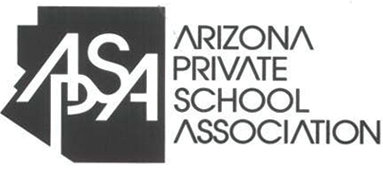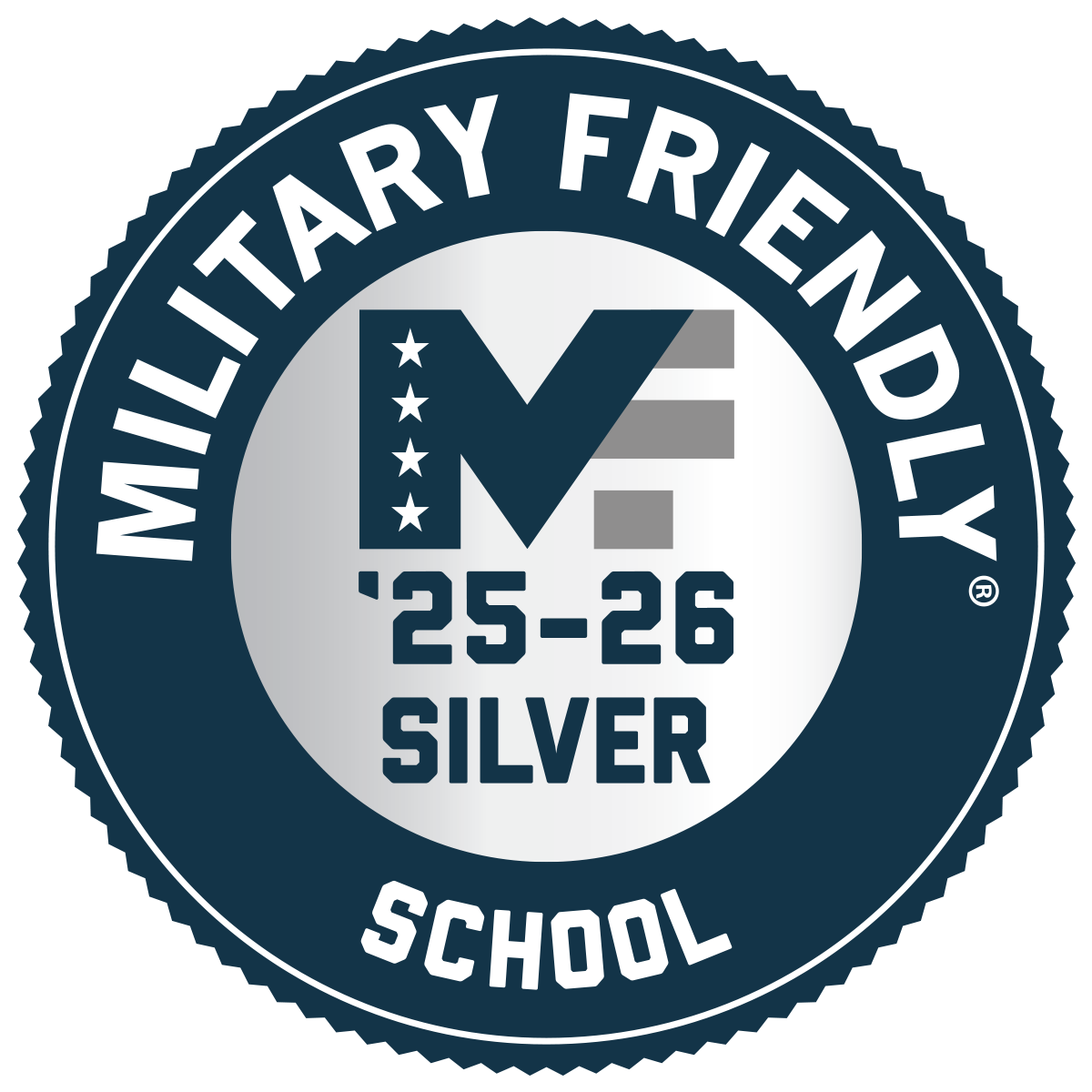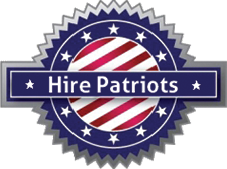As a professional driver, you’re bound to face roadside emergencies during your journeys. Whether it’s a flat tire, engine trouble, or a breakdown, being ready and knowing how to handle these situations can make a big difference. In this guide we’ll provide essential tips and advice to help truckers effectively manage roadside emergencies, ensuring their safety and minimizing downtime.
Stay Calm and Assess the Situation
When faced with a roadside emergency, it’s important to stay calm. Panicking can lead to rushed decisions or mistakes that could make things worse. Take a deep breath, pull over safely, and carefully figure out what the problem is. Identify the specific issue and determine if you can fix it yourself or if you need professional help.
Ensure Personal Safety
Your safety always comes first. Use reflective triangles or flares to warn other drivers when dealing with a breakdown or a flat tire. Wear high-visibility clothing, like reflective vests, and stay away from traffic. If you’re in a dangerous location, consider calling local authorities for extra safety measures.
Contact the Right People
Depending on the emergency, you may need to call different authorities. For accidents or serious incidents, dial emergency services right away. If you need roadside assistance, contact your company’s dispatch or a trusted towing service. Give them accurate details about where you are and what the emergency is so they can respond quickly.
Be Prepared with Necessary Equipment
Carrying a well-stocked emergency kit is crucial for every truck driver. Your kit should include items like a fire extinguisher, reflective triangles, a flashlight, basic tools, a spare tire, and a tire jack. Also, have a first-aid kit and a fully charged cell phone handy. Regularly check and replenish your emergency kit to keep it effective.
Know Basic Maintenance and Troubleshooting
While not every emergency can be fixed by yourself, having some knowledge of truck maintenance and troubleshooting can be very useful. Learn about common issues like checking fluids, changing a tire, jump-starting a battery, and identifying common engine problems. But remember, safety should always be your priority, so if you’re not sure, seek professional help.
Communicate Clearly
During a roadside emergency, clear communication is essential. When talking to emergency services or roadside assistance, provide accurate information about where you are, what’s happening, and any important details. Stay on the line until you’re sure they understand the situation and the help you need. Good communication leads to faster response times and quicker solutions.
Learn from Every Emergency
Each roadside emergency is a chance to learn and improve. After the situation is resolved, take some time to reflect on what happened and think about how it could have been prevented or handled better. Share your experiences and insights with other truckers to promote a culture of safety and preparedness.
CDL Training at Yuma Truck Driving School
To effectively handle roadside emergencies and excel in the trucking industry, obtaining your commercial driver’s license (CDL) is essential. At Yuma Truck Driving School, we offer comprehensive training programs that focus on safety, maintenance, and emergency protocols. By earning your CDL with us, you’ll gain the necessary skills and knowledge to confidently navigate unexpected situations on the road.








